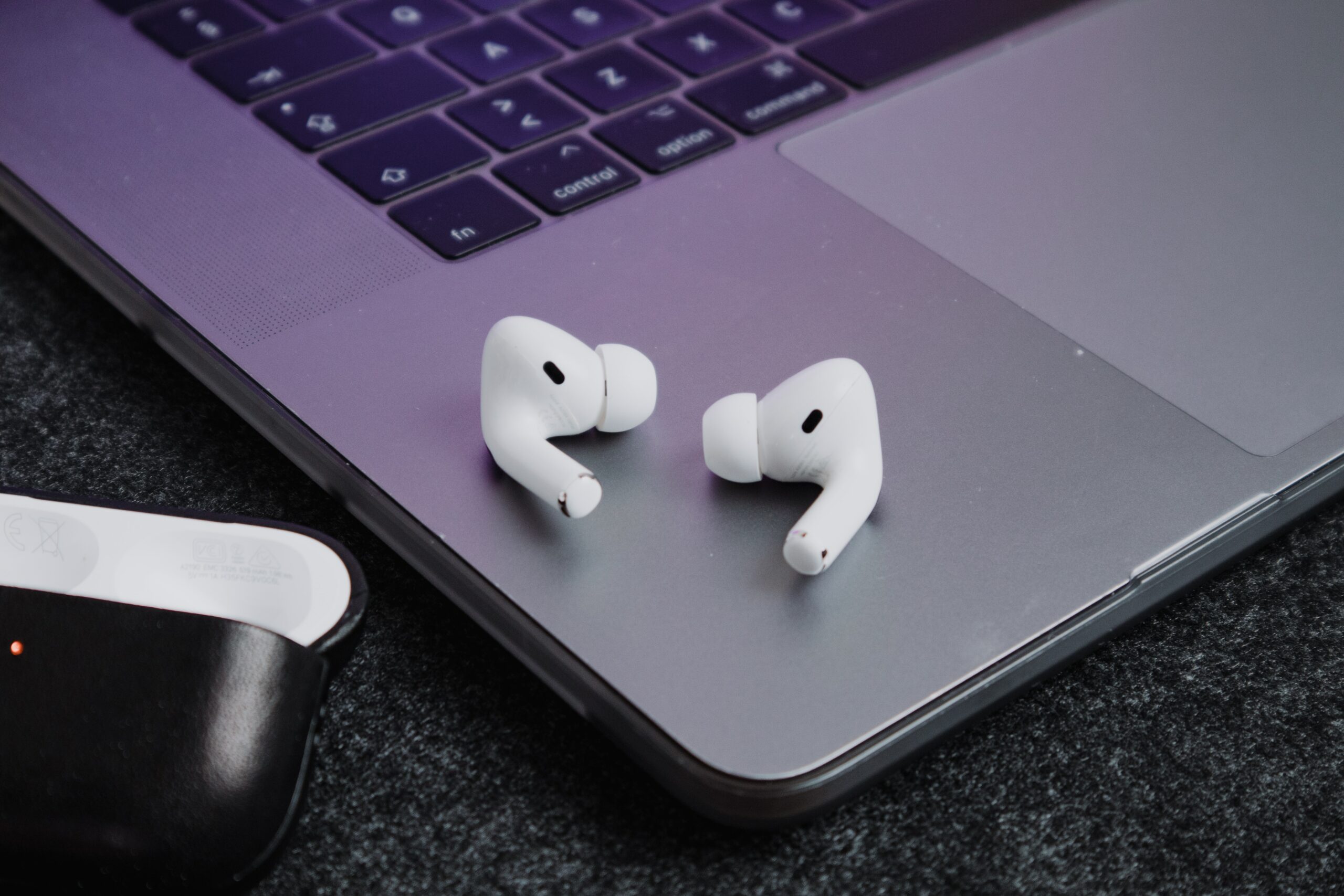Hardware
Earbuds set to rule the workplace
A new study by Qualcomm shows a dramatic shift in the state of sound, writes ARTHUR GOLDSTUCK.
If it seems as if people are paying less attention to you than before, you’re not being paranoid. Chances are, they are wearing wireless earbuds, which can be surreptitiously worn behind long hair, glasses or headwear.
This year saw one of the biggest global shifts yet in the frequency with which people wear earbuds and headphones. The 2023 State of Sound report, a study based on interviews by American chipmaker Qualcomm with 7,000 consumers, showed that well over half of respondents – 58% – were using earbuds daily. This was compared to only 26% in 2022.
“There has been a corresponding fall in the number of people listening to audio on their
smartphone’s in-built speaker in 2023,” the study found.
The annual State of Sound research looks at audio device purchase drivers as well as interest in current and future use cases, to help Qualcomm better understand the features that users look for in audio products. And, of course, to help it develop chips that will make these products more desirable for consumers.
There is good news in these findings for Qualcomm, and bad news for the rest of us who can’t get anyone’s attention.
When asked what would likely influence the selection of their next wireless earbuds or headphone, 82% of respondents stated “all day wear”, meaning they wanted to use and wear their earbuds and headphones comfortably throughout the day. Just under a third said this would most influence their purchase, and 40% of respondents were prepared to pay extra for a device which is optimised for all day wear.
Consumers are also looking for one wireless audio device for multiple uses: just over two thirds of respondents want to use the same device for everything, from listening to music and gaming to calls, commuting, and working.
“As we see premium devices expand in capabilities and features, this year’s responses suggest that consumers will be willing to spend more on one device which is optimised for multiple purposes,” the study found.
Further good news for Qualcomm is that listeners are actively looking for premium audio experiences, with music quality more important than ever. No less than 73% agreed with the statement: “I make sure that sound quality on my devices gets better and better with every purchase”. This was up from 67% in 2022.
Demand for music quality is also higher than ever, with 69% of consumers listing lossless audio quality as a likely purchase driver.
Not surprisingly, just to rub it in for those with inattentive colleagues, the evolving work environment is driving demand for new features.
“More than two thirds of respondents said they work in a public space such as coffee shops, a common area in the home, or a shared workspace,” Qualcomm said. “To cater for a hybrid working world, workers need audio devices which help them ‘hear and be heard’ both in the office, and in other work environments.”
Good luck with that ambition, of course.
A major limitation of the study is that it was conducted in just seven countries, with a thousand respondents in each of the United States, United Kingdom, Germany,
China, India, Japan and South Korea. These correlate with most of the biggest smartphone markets in the world, and include only one emerging market, namely India.
However, as smartphone penetration rises across the African continent, regarded as the last region of hyper-growth for the sector, we can expect to see these trends take hold here too. Already, smartphone makers like Huawei, Samsung, Honor and Oppo are bundling high-quality wireless earbuds with their high-end handsets. In many cases, the phones happen to use Qualcomm chips.
Don’t be too surprised if you increasingly come across colleagues who claim their audio devices help them hear and be heard.
* Arthur Goldstuck is founder of World Wide Worx and editor-in-chief of Gadget.co.za. Follow him on Twitter and Instagram on @art2gee



















